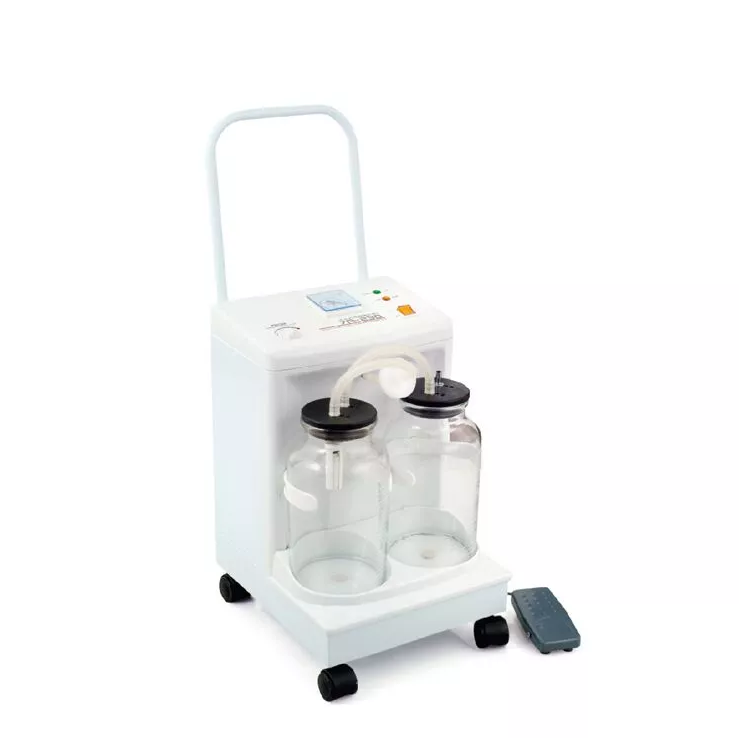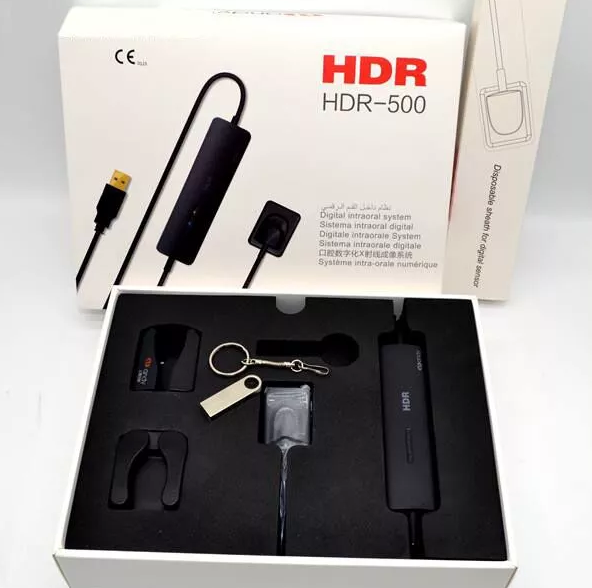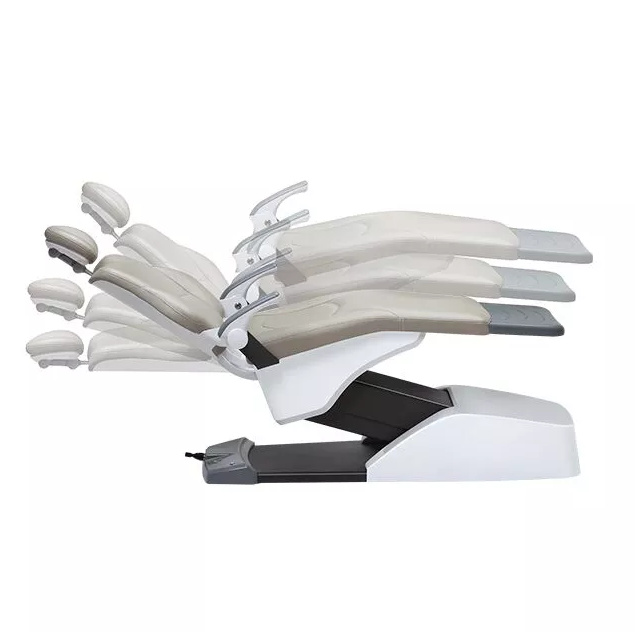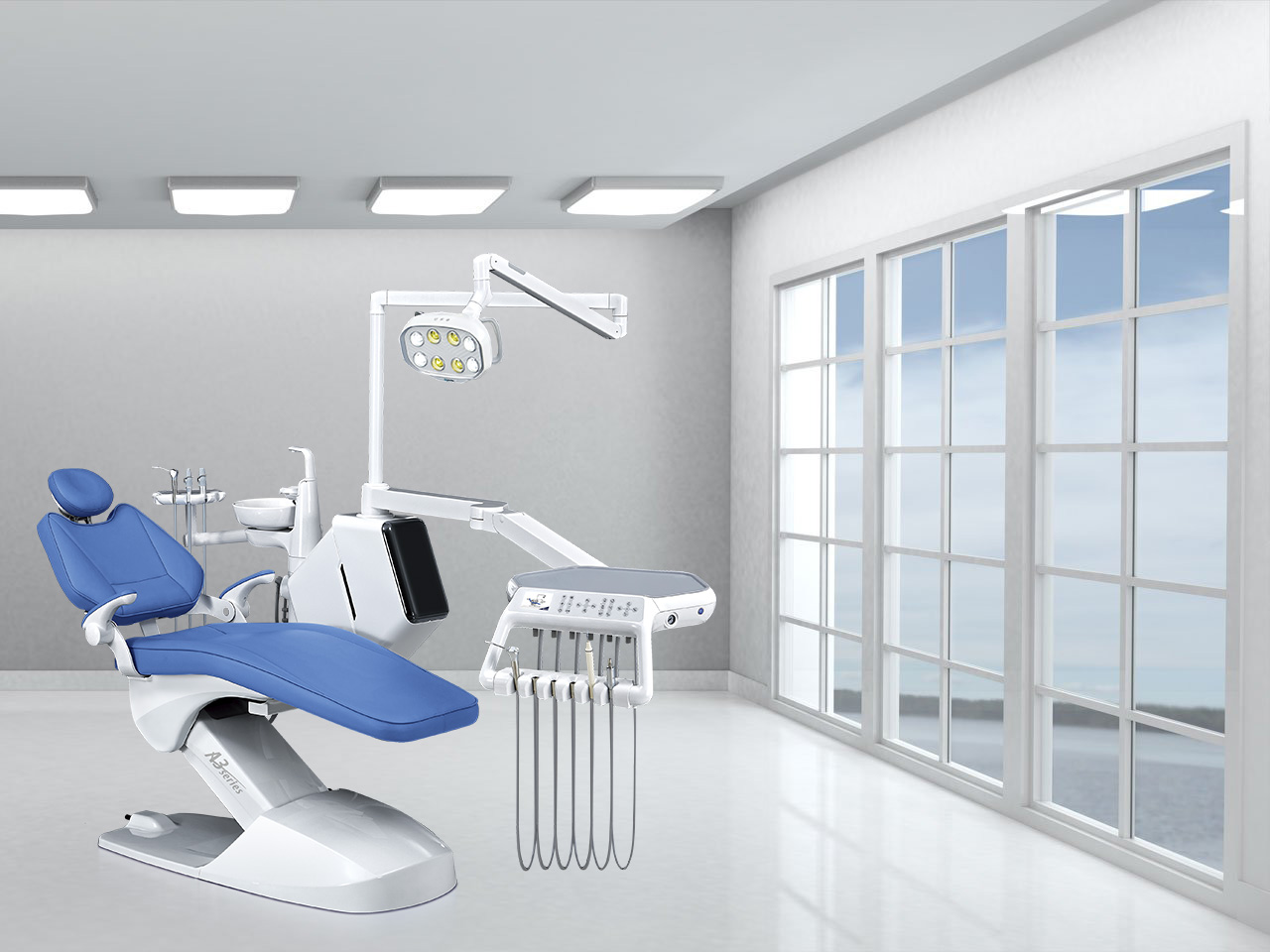What Is The Dental Handpiece?
Electric dental handpieces, also known as electrophoresis units (EPU), are specialized tools that help dental professionals perform more precise work on the mouth. They are similar to the handpieces used by dental hygienists. When you want to treat a patient’s teeth, you will first prepare the area and clean the teeth with an ultrasonic toothbrush or an ultrasonic unit. Then, you will attach the handpiece to a power source to start a high-frequency vibration. The vibration will loosen the tartar, plaque, and bacteria on the teeth, making them easier to remove. Also, you can use the handpiece to polish and polish the teeth.
The handle is usually made from stainless steel or plastic, while the body can be made from several materials including stainless steel, titanium, aluminum, or plastic. The body contains the mechanism that provides suction or water/air pressure. The mechanism also delivers torque to operate the instrument tip or accessory.
How To Use Your Dental Handpiece:
Using a dental handpiece is not difficult. The most common procedures that can be performed with a dental handpiece are root canal therapy, endodontics, vital work, and orthodontics. Here are some tips for how to use your dental handpiece safer:
- When using a dental handpiece, ensure that you have a sterile field so that you do not contaminate your equipment or patient’s mouth with germs from other patients who have been treated before them.
- Always wear gloves when performing any procedure with your dental handpiece so that there is no chance of infection transmission between patients or yourself during the procedure.
- Make sure that all of your equipment is properly sterilized before using it on any patient so that they will not get an infection from any contaminated equipment.
Tips To Keep Your Dental Handpiece In Good Working Condition:
Clean your handpiece regularly. You can use a biofilm remover to remove hard-to-clean deposits. You can also use a dental handpiece scaler to remove soft deposits. You can also use a cotton swab to apply a drop of oil on the handpiece’s gears. Here are some tips help you to maintain your dental handpiece:
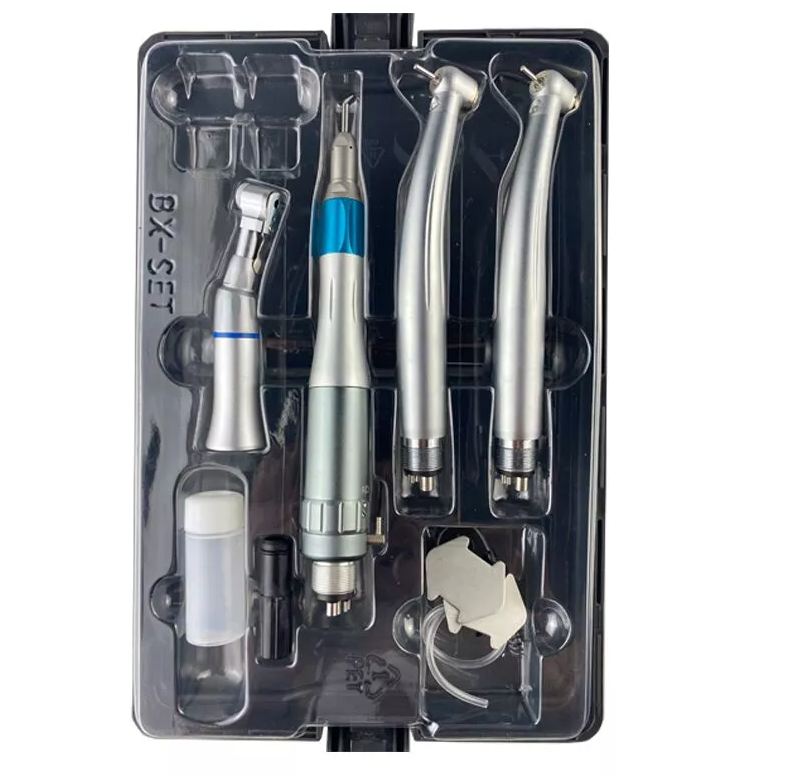
- Use distilled water, which is recommended by most manufacturers, as it doesn’t contain dissolved minerals that can build up inside the water lines. You should also use distilled water if you’re concerned about bacteria in your water supply.
- Keep your dental handpiece clean and free of debris by using compressed air or an ultrasonic cleaner after each procedure.
- Use high-quality lubricants on the bearings and moving parts of the dental handpiece. Make sure to follow the manufacturer’s recommendations for lubricant use.
- Never use alcohol or other solvents on any part of your dental handpiece. These products can damage plastic components and leave a residue that can interfere with proper function.
- Always replace worn-out parts before using your dental handpiece again. This includes worn-out seals, gaskets, bearings, and bushing assemblies among others.
- Use a rinsing solution to rinse the handpiece when not in use to prevent it from getting rusty. Store your handpiece in a dry and clean place to prevent rusting.
Tips About How To Sterilize Your Dental Handpiece Efficiently:
Sterilization is the most important step in your dental hygiene process. It’s the last step before treating your patient and the first step in preventing cross-contamination. Here are some sanitizing tips that teach you to sanitize your phone efficiently:
l Store in a clean and dry environment:
Before you start sterilizing your dental handpiece, you need to make sure that it is clean and dry. If it is not cleaned properly, the liquids used to sterilize the instruments will not be able to penetrate them well enough. Do not immerse your handpiece in a solution of bleach. It is also important to maintain the correct temperature of the solution to prevent your handpiece from getting rusty.
When storing your handpiece, make sure it is stored in a cool and dry environment. If you use an airtight container, you should shake the solution once a week to keep it evenly mixed. You should clean your dental handpiece if it has not been used for a month.
l Prevent bacterial infection:
The next step is to make sure that all of the metal components are covered with alcohol or hydrogen peroxide. This is because this will prevent any bacteria from growing inside them after they have been sterilized and also help kill off any existing bacteria on them (this helps prevent decontamination).
l Put it into the autoclave:
After this, you need to put your instrument into the autoclave or pressure cooker (depending on which one you have access to). However, there are some dental handpieces that cannot be placed in an ultrasonic cleaner for cleaning, which is something to be aware of. You should then put an indicator in there so that you know when it has been heated up enough for all traces of moisture to be removed from inside the instrument. Once this happens, it can be taken out of the machine and put back into its case ready for use again!
Conclusion:
A dental handpiece is a very precise and essential tool that can help you with many procedures. It can also be used in root canal therapy, endodontics, or orthodontics. With the help of a dental handpiece, you can perform many procedures more effectively and quickly than using your fingers. The best way to keep your dental handpiece in good working condition and to sterilize it regularly is to follow these steps.
Of course, if you want a good quality and powerful handpiece, you can choose Roson. Roson’s electric dental handpieces are smart. It has 6 programs (Memory Set) for you to choose from. You can input the best data for it in advance, or modify it according to the working conditions. When you use it next time, you can choose the data you are most familiar with before. And this electric handpiece offers a soft start and soft stop for more comfortable operation. Such a powerful dental handpiece will not only satisfy the dentist but also bring comfort to the patient.


